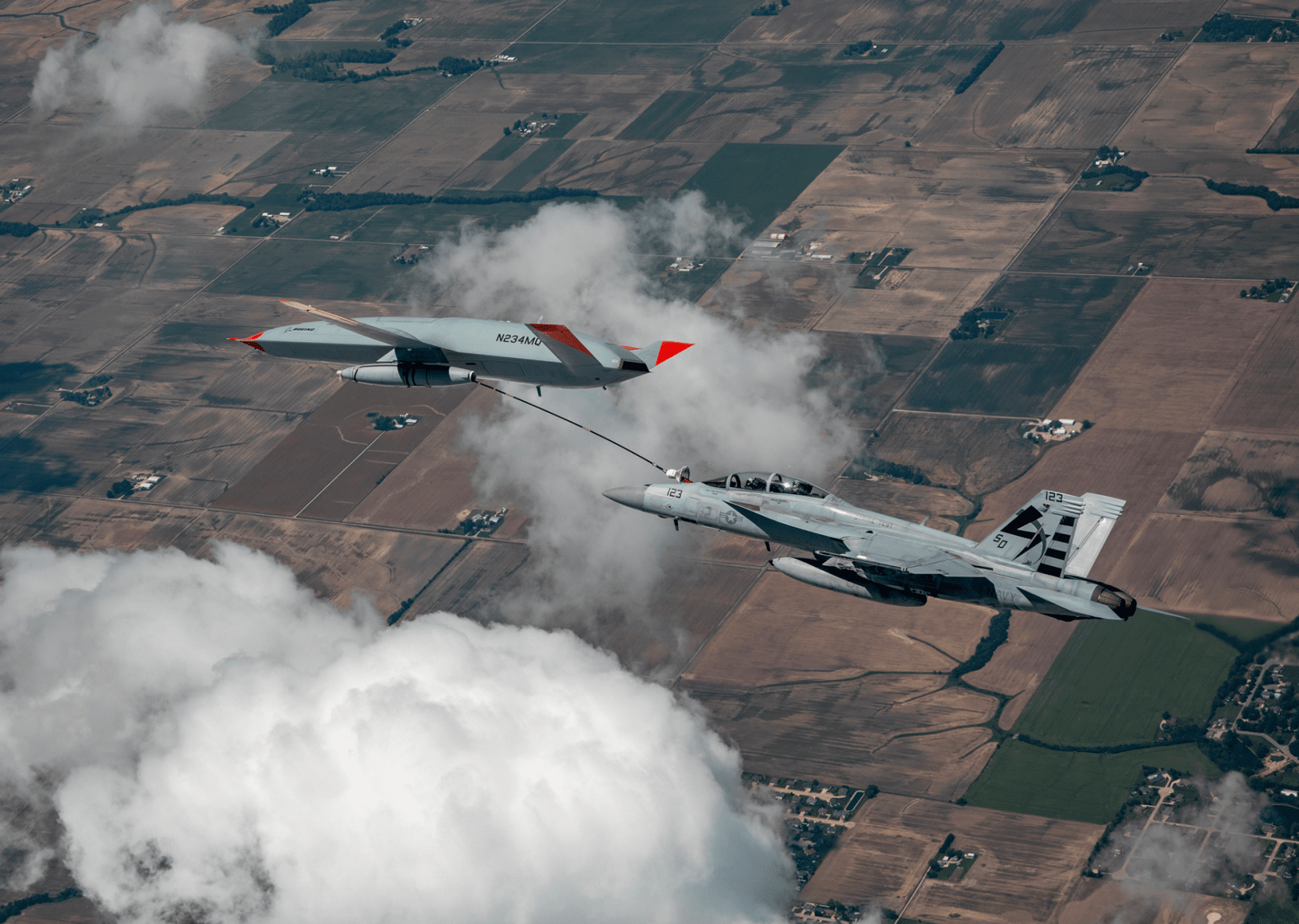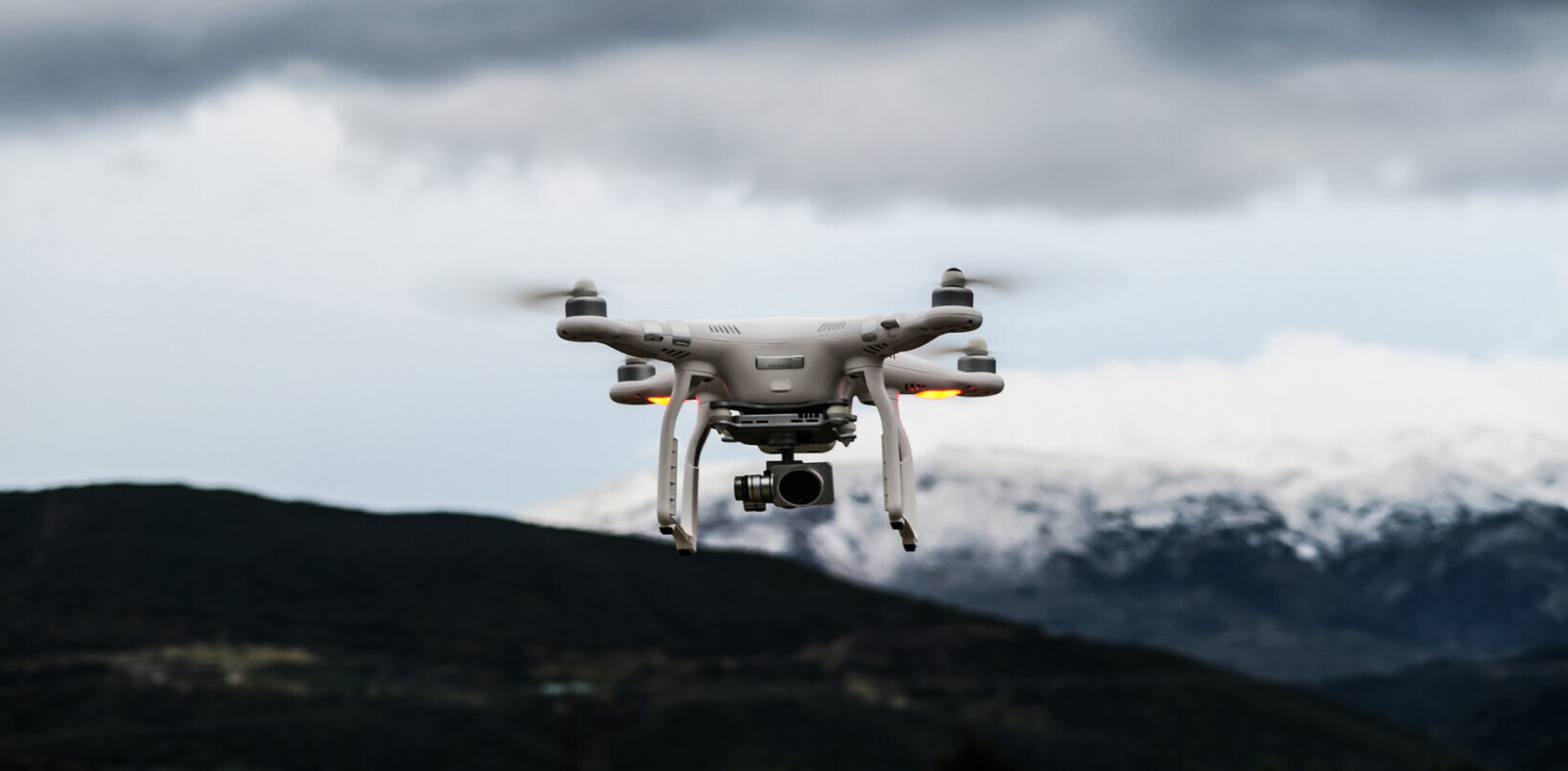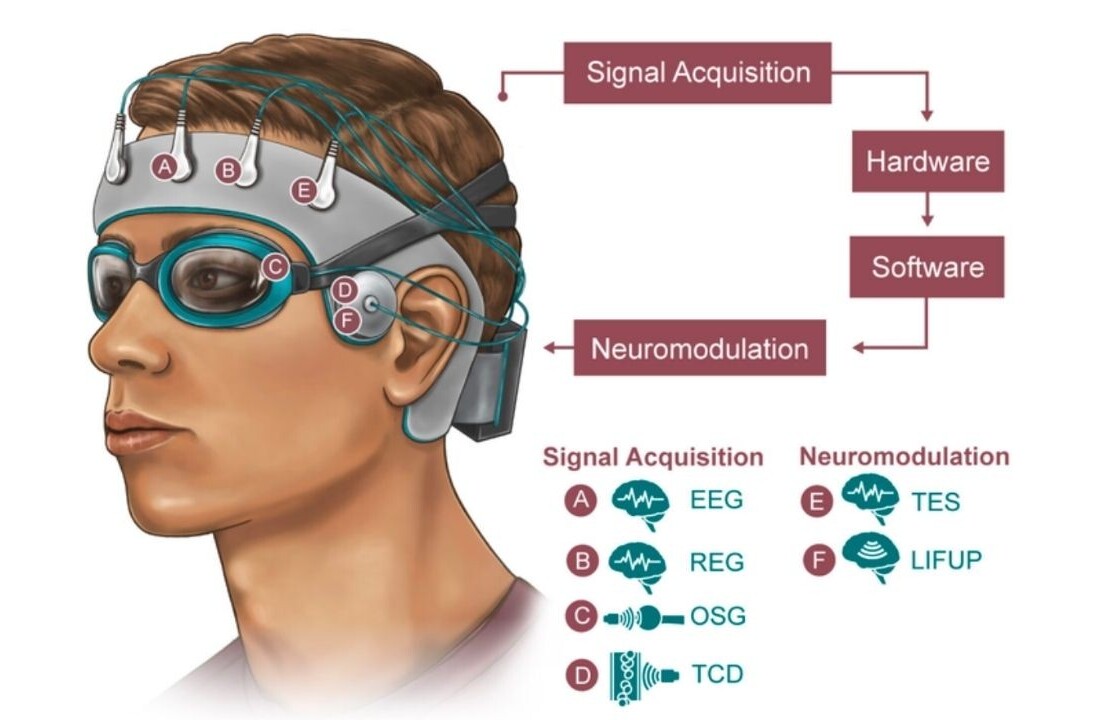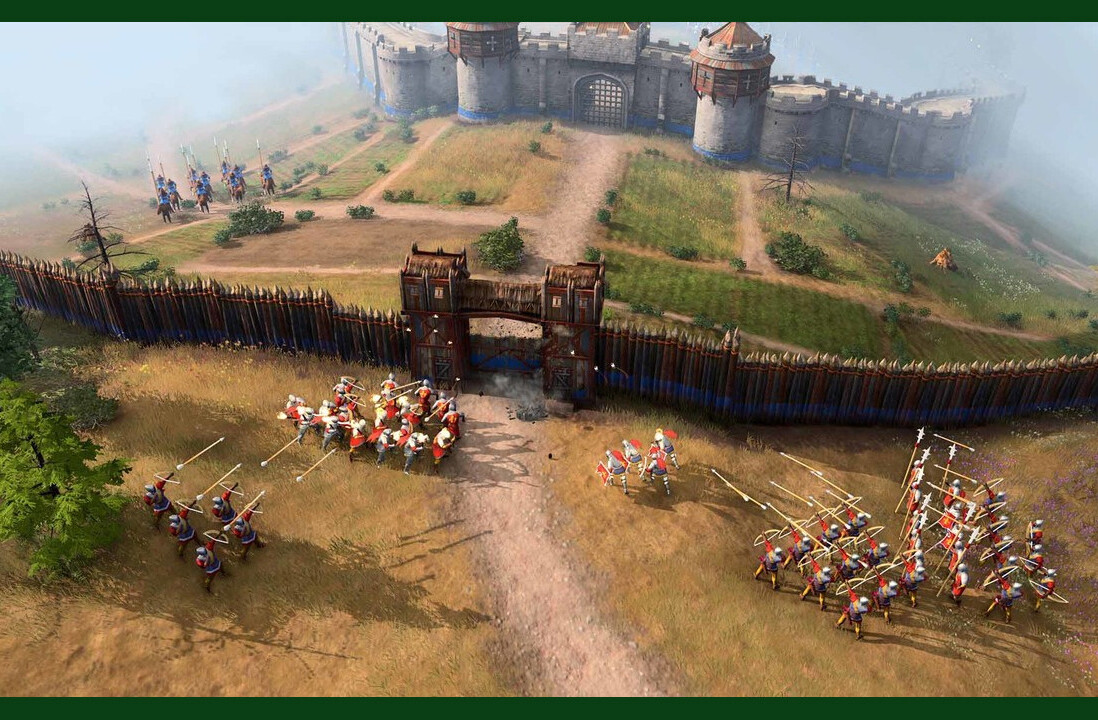An unmanned drone has refueled another aircraft during flight for the first time, a milestone that the US Navy says could help change future warfighting.
Boeing’s unmanned MQ-25 Stringray plugged a hose into a Navy F/A-18 Super Hornet and pumped 325 pounds of fuel into the fighter jet on June 4, the manufacturer announced on Monday.

The 4.5-hour test was conducted from the MidAmerica St. Louis Airport in Mascoutah, Illinois.
During the flight, the Super Hornet’s pilot flew as close as 20 feet from the Stingray, to ensure the performance and stability of the operation. The drone then extended its hose, and the jet moved in to connect with the tube and get a sweet hit of fresh fuel.
You can watch a clip of the test flight at the top of this article. A longer video is available on Boeing’s website.
[Read: ]
The MQ-25 will now undergo further testing before being shipped for deck handling trials aboard a Navy carrier later this year.
The Navy plans to make the Stingray the world’s first operational carrier-based unmanned aircraft. Ultimately, the tests could have an impact on future aerial warfare.
“Unmanned systems alongside our traditional combatant force provide additional capability and capacity to give our warfighters the advantage needed to fight, win, and deter potential aggressors,” said Captain Chad Reed, program manager for the Navy’s Unmanned Carrier Aviation program, during a press conference. “The MQ-25 is that first step towards a future where the carrier-based fleet is augmented by unmanned systems.”
Aerial-refuelling isn’t the only example of human-machine collaboration that the US military is exploring.
DARPA is also investigating how AI can support human fighter jet pilots. The Pentagon plans to test the algorithms in live dogfights in late 2023 and 2024.
Greetings Humanoids! Did you know we have a newsletter all about AI? You can subscribe to it right here.
Get the TNW newsletter
Get the most important tech news in your inbox each week.




